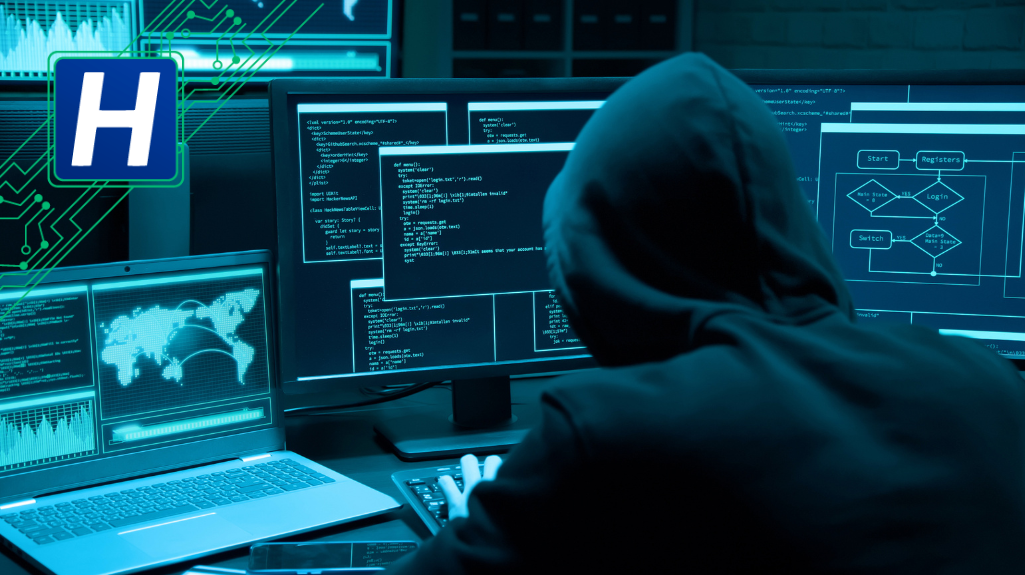Cyberspace is challenging to protect 100% of the time. Organizations often need to do the best they can. However, an organization not taking advantage of cybersecurity best practices is behind the eight ball. And when this is the case, it is up to the CIO and CISO to figure out how to turn things around.
To that end, a good place for CIOs and CISOs to start is asking and answering some key questions. Five such questions are listed below. By stepping back and looking at both questions and answers, executives can get a better handle on the state of cybersecurity affairs within the organization. The alternative – leaving everything to the IT team – might not end well.
1. How could security breaches impact the organization’s ability to function?
Any organization – whether it is a business, non-profit, NGO, etc. – is made up of various departments that all contribute to the overall mission. From supply chain to finance, security breaches threaten each of these functions differently. Executives need to constantly ask how such breaches could impact each of the organization’s functions.
The greater the impact, the greater the need to implement cybersecurity best practices. Leaving anything to chance is never good idea. When you are talking about mission critical functions, there is no room for chance at all.
2. What types of critical data are bad actors likely to target?
Cybersecurity attacks are almost always rooted in the desire to steal data. Unfortunately, it is not possible to run a modern organization without gathering and storing at least some amount of highly sensitive data. This suggests that CIOs and CISOs need to be ever cognizant of the critical data bad actors are likely to target. That’s the data to protect first and with the most robust security.
3. Does the organization possess long term security resilience?
Cybersecurity resilience, which is to say the ability to mitigate attack threats over the long term, doesn’t get talked about as often as it should. IT teams and C-suite executives alike tend to think in much shorter terms. They assess the threats here and now with very little thought of what might be coming down the pike in 12-24 months.
Long term security resilience requires a long-term view of threat actors and their ability to adapt. They are continually looking for new ways to exploit networks. Executive management and IT directors need to stay a step ahead.
4. How secure are interactions with other organizations?
Modern organizations interact with one another across vast networks. This creates a special problem inasmuch as no organization can control what another does. Your organization’s security standards might be much higher than those of other organizations you interact with. It is up to the CIO and CISO to be aware of any such discrepancies. Why? Because it is sometimes necessary for organizations to take extra steps to mitigate the security shortfalls of other organizations they interact with.
5. What is the current plan to mitigate risks?
The final question is one that should be asked more frequently than the rest. It is a question that goes directly to the heart of assessing the current state of cybersecurity within an organization. Here at Hillstone Networks, always having an up-to-date mitigation plan is part and parcel with the way we operate our business.
Keeping an organization safe from cyber threats is an ongoing proposition. There is no time for rest or sleep. There is no time to enjoy yesterday’s successes. CIOs, CISOs, and the rest of the executive management team owe it to the organization to always stay on top of things.



